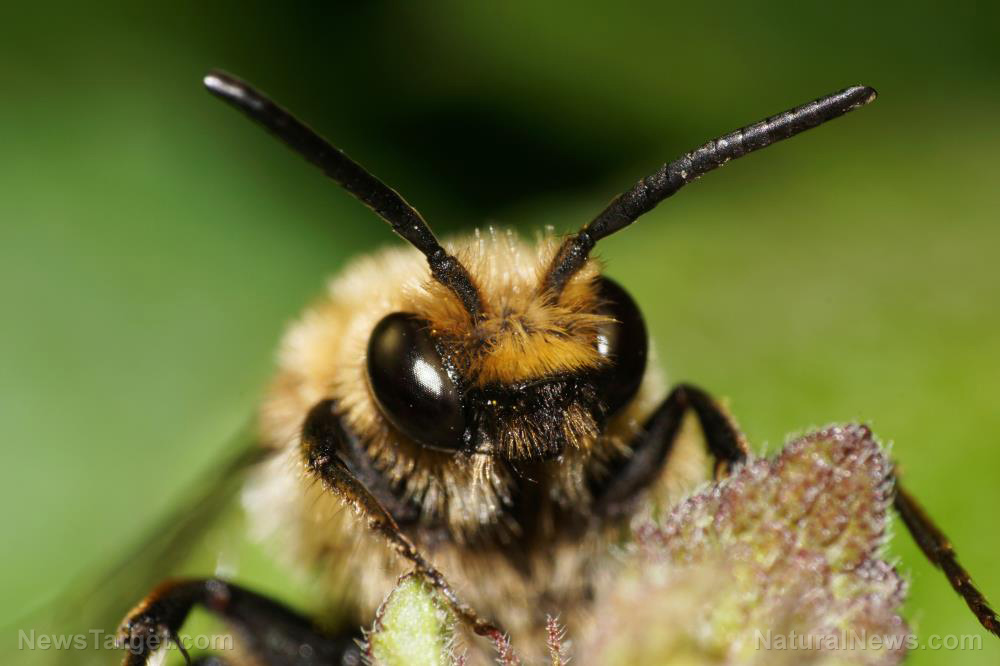Forest area the size of France has regrown worldwide since 2000, new study reveals
05/23/2021 / By Divina Ramirez

Carbon dioxide in the atmosphere is at a record high. But it’s not as bad as it sounds. It’s actually great for trees and forests, as shown by a recent study led by the nonprofit conservation group World Wide Fund (WWF).
The study, which is part of the WWF’s Trillion Trees project, found that an area of forests the size of France has regrown around the world over the last 20 years, indicating that forest regeneration efforts are paying off.
Nearly 145 million acres of forests have regrown since 2000. In all, these forests can potentially absorb roughly 5.9 gigatons of carbon dioxide. This is more than the annual carbon dioxide emissions of the United States.
The two-year study was conducted using satellite imaging data and on-ground surveys across a number of countries. It identified areas of regrowth in the Atlantic forest in Brazil where a forest the size of the Netherlands, about 10.4 million acres, has regrown since 2000 due to conservation efforts.
Brazil has also sought to enforce more responsible forestry practices. Other factors, like people moving towards the cities, have also helped forests recover.
The researchers also found another flourishing area in the boreal forests of Mongolia where approximately three million acres of forest have regenerated in the last two decades thanks to the work of both conservationists and the Mongolian government.
Meanwhile, forests in Canada and parts of Central Africa also made a tremendous comeback. In fact, the boreal forests of Canada were found to be some of the world’s forest regeneration hotspots.
Forests around the world are growing back in spite of deforestation
The WWF started the Trillion Trees project alongside the Wildlife Conservation Society (WCS) and BirdLife International in 2016. The project aims to protect and restore forests around the world.
Since its inception, the project has called for more support for forest regeneration efforts worldwide. It has called for an end to deforestation as well, especially in places like Brazil where deforestation levels are high.
Forests are important because they provide oxygen and resources, provide habitats for animals and protect against soil erosion. Forests can act as carbon sinks as well, absorbing excess carbon in the atmosphere. However, the world is experiencing an overall loss of forests at a terrifying rate due to deforestation.
But as the impact report showed, progress can be made no matter how degraded the landscape or how few resources seem to be available initially, likely due to the amount of carbon dioxide in the atmosphere.
The idea behind it is simple: carbon dioxide is the main food source for plants. Therefore, increasing levels of it directly stimulate the photosynthetic rate of most plants. Fed, happy plants produce healthy seeds. In turn, these seeds will grow to become healthy plants that will soak up more carbon dioxide to survive and reproduce.
Fostering forest regeneration
In order to realize the potential of forests to improve the state of the climate and the environment, humans must tackle drivers of deforestation, said William Baldwin-Cantello, director of nature-based solutions at WWF. He added that they should support environmental nonprofits’ forest regeneration efforts as well.
Experts have known for a long time that natural forest regeneration is usually cheaper and richer in carbon than actively planted forests. They are also better for biodiversity, said Baldwin-Cantello.
Meanwhile, John Lotspeich, executive director of Trillion Trees, said the data included in the impact report can help conservationists and legislators better understand the ways humans can work to increase the Earth’s forest cover. The data also shows the potential of natural habitats to recover when allowed to do so.
But the fact that forests are regrowing on their own isn’t an excuse for humans to sit and do nothing, added Lotspeich. Deforestation is still claiming more trees than are regenerated.
In order to turn around the loss of nature, we must stop deforestation and aid in forest regeneration efforts. (Related: Deforestation impacts climate change more than fossil fuel use, new study finds.)
Learn more about forests and their impact on climate at ClimateScienceNews.com.
Sources include:
Tagged Under: carbon dioxide, Climate, climate change, conservation, Ecology, environment, forests, greening, reforestation, trees
RECENT NEWS & ARTICLES
COPYRIGHT © 2017 ENVIRON NEWS





















